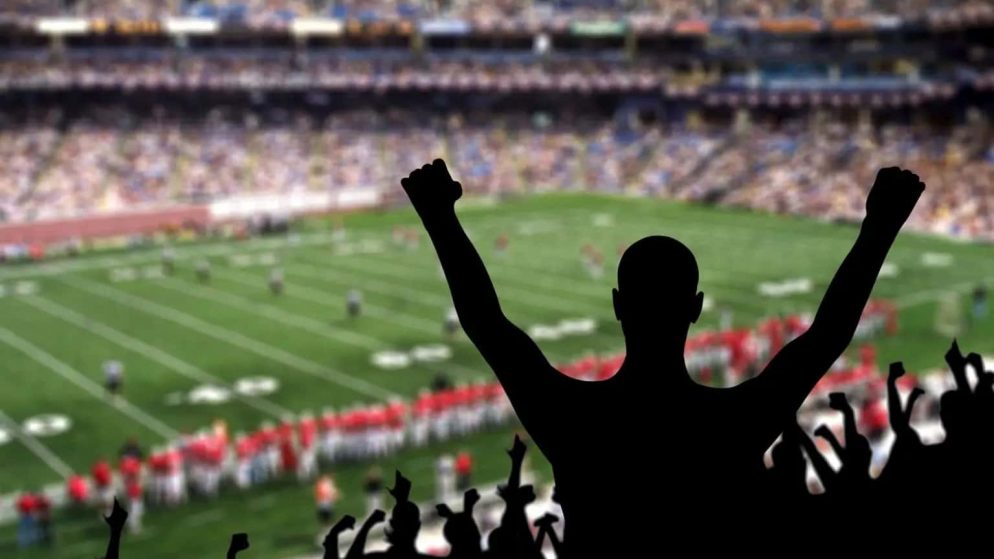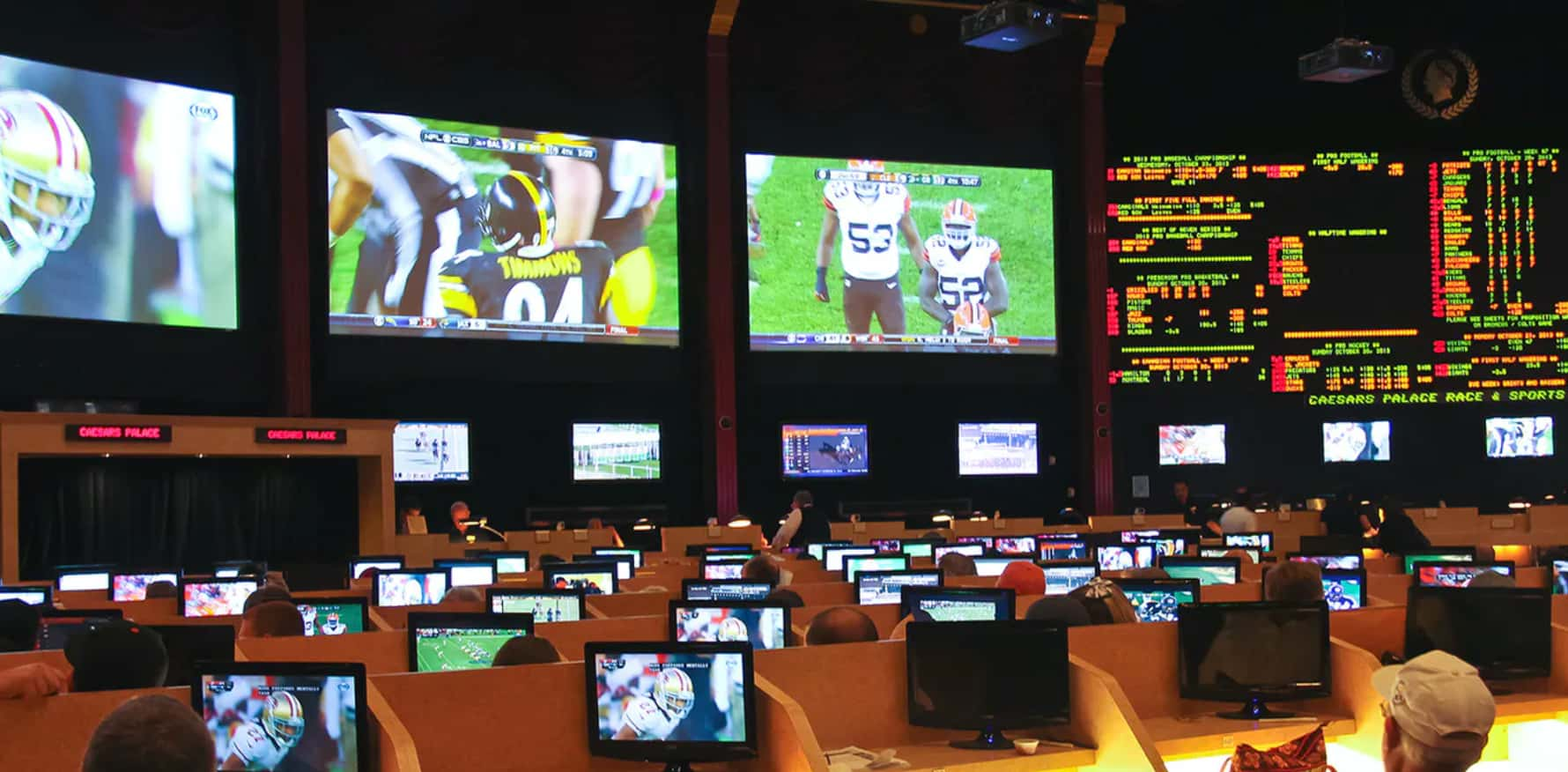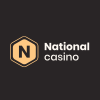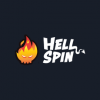

During commercial breaks of any live sporting event these days, you will undoubtedly see a slew of adverts inviting interested viewers to join in on the fun by betting on various parts of the games and matches they are watching. Online sports betting is the newest method that a handful of powerful gambling companies are delving into the $780 billion opportunity—it is already a $154 million game in local TV spot advertising in the United States! And yet, are they appealing to the proper fans, focusing on the correct sports, and taking into account interested people who have not yet gambled?
Breaking Down Sports Bettings

Take into account the NFL, which is the most famous and frequently watched sports league in the United States. The NFL’s widespread popularity, according to Nielsen Fan Insights, does not always convert into a significant number of fans keen on sports betting. In fact, NFL fans are actually highly uninterested in sports betting out of six major leagues. Even though the sheer number of NFL fans creates potential, these fans are not as interested in sports gambling as the league’s success would imply. In comparison, the NHL has the most interest in sports betting among the six major sports leagues at 62%.
Surprisingly, a desire to gamble on specific sports does not necessarily correspond to the sports that bettors are watching. When compared to the other major sports leagues, interest in NHL betting is strong, while engagement in watching ice hockey within bettors is low. That is the inverse of what we find with the NFL, despite the fact that it has the biggest viewership among sports bettors—it is tied with the NBA.
With a significant increase in online sports gambling commercials on TV, the sector has risen to 11th place out of 1,200 product categories for spot Television advertising revenue, accounting for 2.1% of the total. In terms of the target demographic for such commercials, little under a third (32%) of the population in the United States is currently interested in sports betting, but a combined 46% show at least some curiosity, indicating room for future expansion. When we look at the real potential, we can observe that people who reside in families with annual earnings of more than $125,000 are far more eager in sports betting than the overall population (this accounts for 48%).
Legalization of Sports Betting

As expected, sports enthusiasts should be the primary focus for any brand or platform participating in sports betting, since 55% indicate they are interested. This is 72% higher than the average adult in the United States. Importantly, there is a difference between having an interest in betting and being able to participate in it, as some of an intender’s capacity to bet is contingent on whether it is legal where they reside. With pro-gambling measures awaiting in seven U.S. states, the potential for brands, TV networks, and sports fans is set to expand far beyond the 22 states that have already legalized sports betting.
From a growth standpoint, the anticipated legalization in new jurisdictions is essential, since fans of each league indicate they would be much more intrigued in gambling if it were allowed where they reside. The increasing interest in gambling would be a windfall for online gaming providers, as sports betting platforms are the most frequent outlet for making a wager. Sports pools with family, friends, and coworkers, as well as sportsbooks, are other popular possibilities (both online and offline).
The rising interest in and participation in sports gambling provides significant potential in the sponsorship business, in addition to boosting the local TV advertising market. FanDuel and MGM are the best examples of this—both have taken advantage of league-wide arrangements to give exposure to each of the NBA and MLS clubs, respectively.
In addition, the NHL and Betway recently established a multi-year collaboration, with Betway becoming the NHL’s official sports betting partner in the United States. Betway will gain tremendous exposure through prominent signage during NHL coverage and league events, which is becoming more common. During the previous season, more than 60 sponsors benefited from visible stadium signage during TV broadcasts.











